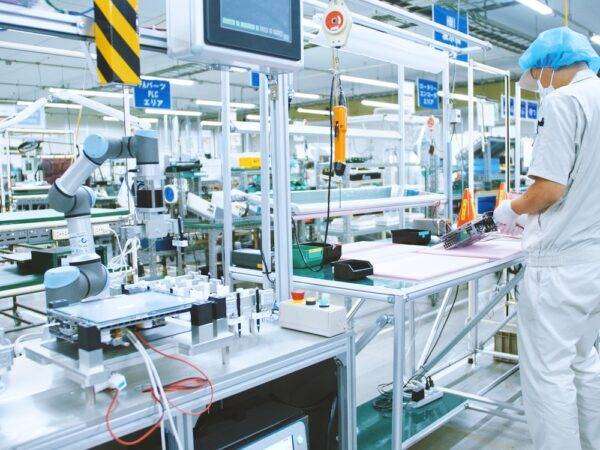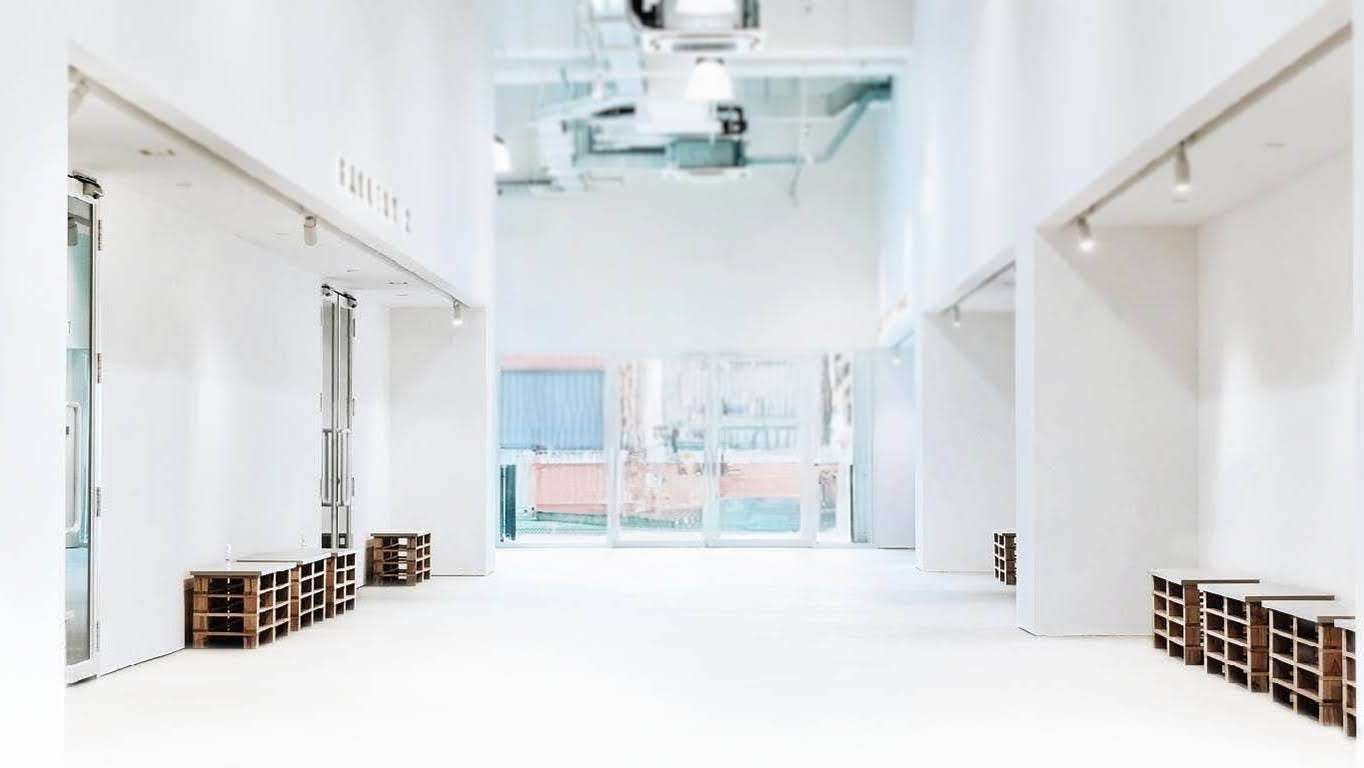What To Know
- The city of Odense in Denmark has become one of the leading robotics hubs in the world as a result of the growth of a robotics cluster spurred by the company’s success.
- “This is an historic milestone for us, and we are proud of how we have evolved from being a local startup in the basement under the university to becoming a global cobot pioneer and market leader.
Editor’s brief: In the technology world, 17 years is a long time. Many technology companies have come and gone in a matter of months. However, 17 years is also a short time, especially when you are talking about hardware innovations that require significant research and effort to make things happen. Universal Robots (UR), the Danish collaborative robots (cobots) company, celebrated its milestone recently with 1,000 employees worldwide. Read more below.
SINGAPORE – The largest company in a thriving Danish robotics hub, Universal Robots, has become the cluster’s first organization to reach 1,000 employees, joining an elite group of Danish companies founded in this millennium.
Since the introduction of its first cobot in 2008, Universal Robots has become the industry standard and expanded into more than 20 different countries. The city of Odense in Denmark has become one of the leading robotics hubs in the world as a result of the growth of a robotics cluster spurred by the company’s success.
Kim Povlsen, President of Universal Robots, comments: “This is an historic milestone for us, and we are proud of how we have evolved from being a local startup in the basement under the university to becoming a global cobot pioneer and market leader. Above all, it shows that we have a fantastic product and that many companies around the world can see the benefits of using our robots to develop their business.”
A 17-year journey
In 2005, three young researchers at the University of Southern Denmark founded Universal Robots out of frustration with the cumbersome, costly, and difficult-to-operate robots available at the time. These individuals were Esben stergaard, Kasper Sty, and Kristian Kassow. The inspiration to make a robot that is adaptable, safe to operate, and simple to set up and program came from this.
Since that time, Universal Robots has expanded their lineup of collaborative robots (cobots) to include the brand new UR20, and has sold over 50,000 cobots around the world.
Odense, a city of over 200,000 people in Denmark, has become the epicenter of the country’s thriving robotics scene thanks to the success of Universal Robots. By 2025, the robotics industry in Denmark is expected to have employed 23,000 people, with a total revenue of over €2.8 billion.
More than 200 people have been added to the Universal Robots team in the past year so that the company can take advantage of its enormous future growth potential.
Kim Povlsen adds: “From the outside there is, quite naturally, a lot of focus on the product and the technology. But the tech does not just arise by itself. It’s about having the right people on board, and at UR we have some exceptionally skilled and innovative employees who are able to constantly push the boundaries of what can be automated and how easily it can be done. If people 10 years ago could have seen what cobots can do today, they would have been amazed. Looking forward, the same should be the case in another 10 years’ time. Making it easier to solve ever more complex automation tasks is a very motivating goal. All over the world, there will be an increasing need for automation in the coming years, and it will be driven by several different things: a desire to protect employees from dangerous and monotonous tasks; reshoring, where companies move production closer to home in response to an uncertain world; and above all, a shortage of labour which will only get worse in the coming years.”
Kim Povlsen is optimistic about the future: “We have a new generation of cobots on the way, with the UR20 being the first model, and our own figures show that we have only reached approximately two per cent of all potential customers worldwide. So the potential is enormous and while we celebrate the journey we’ve been on today, our eyes are firmly set on the future.”
###




